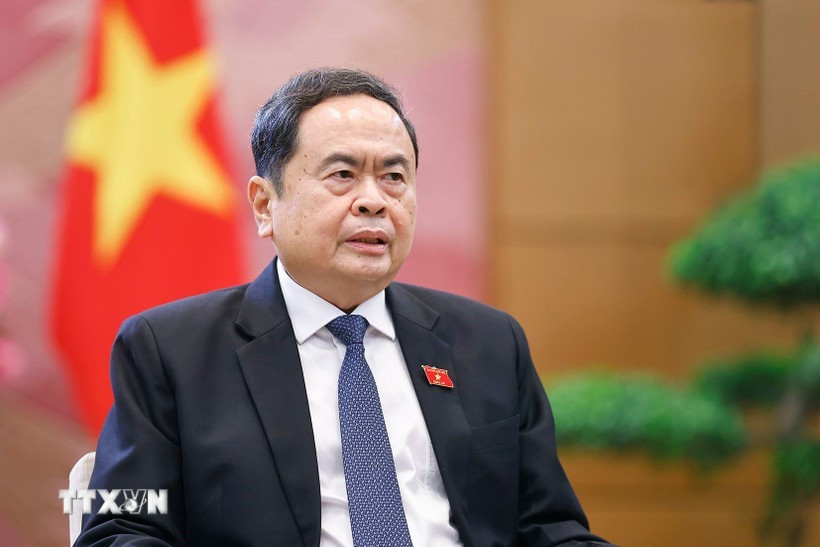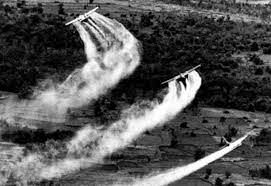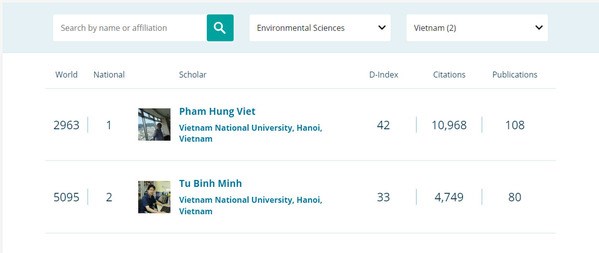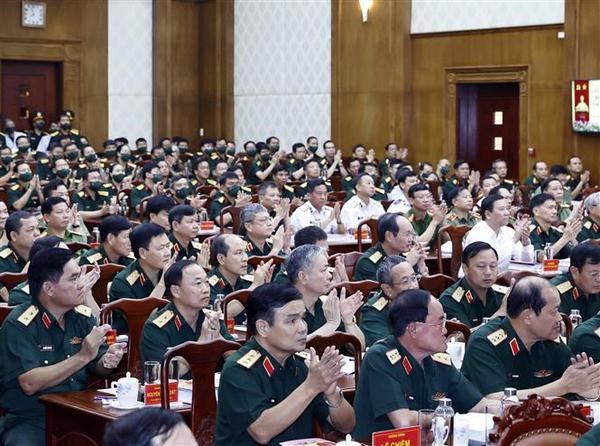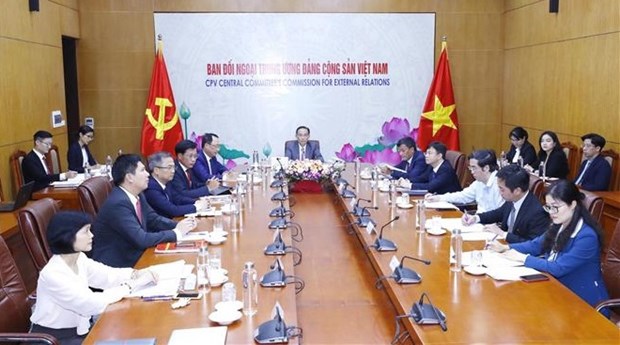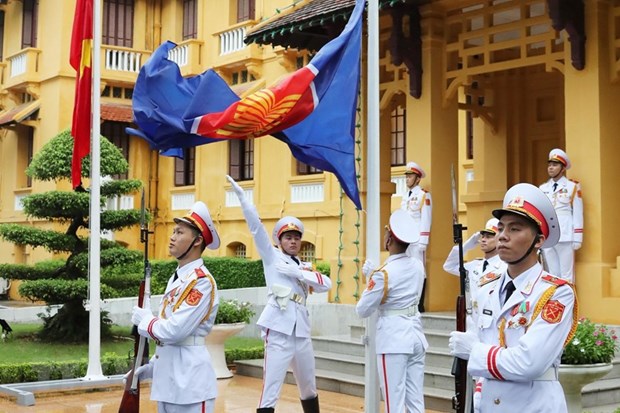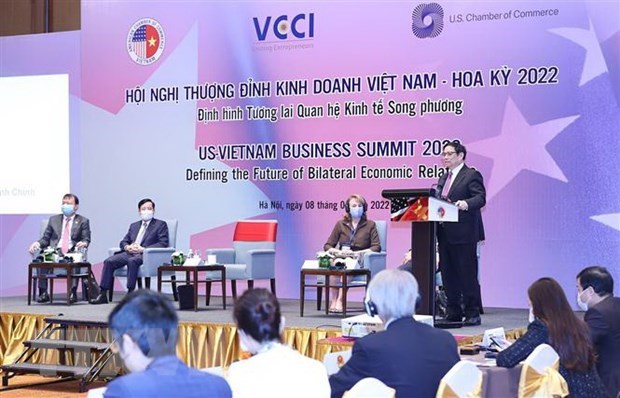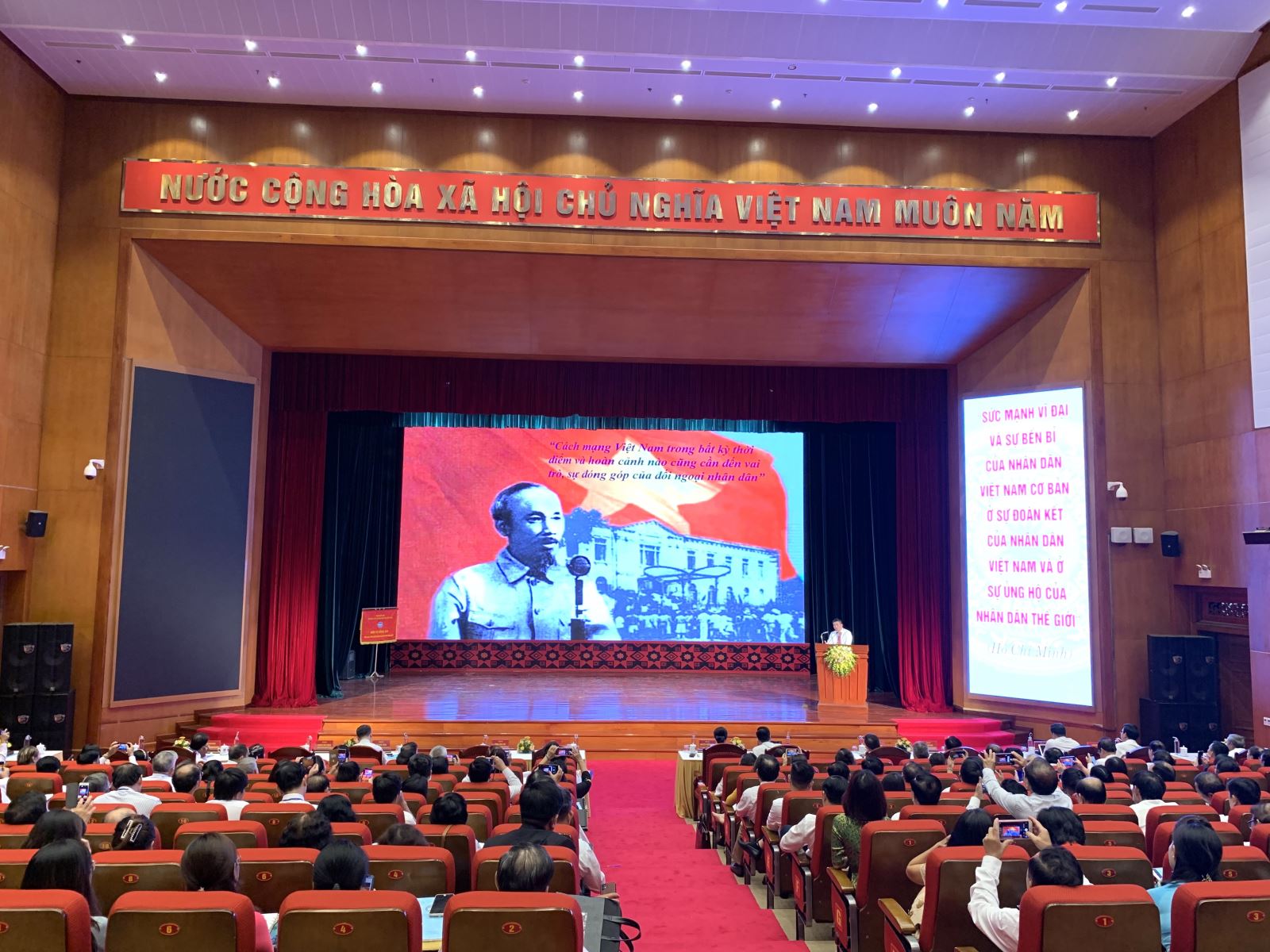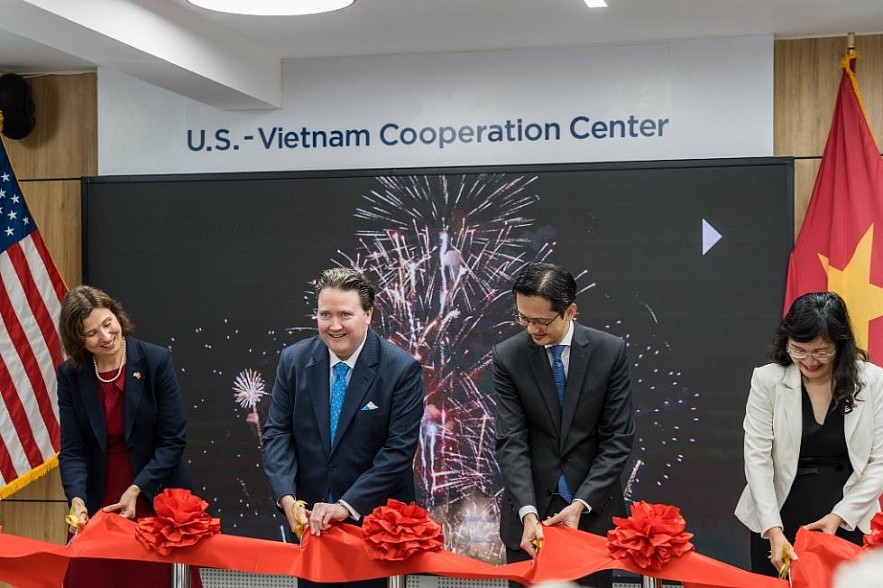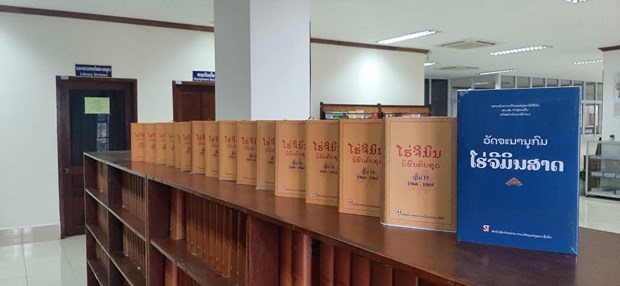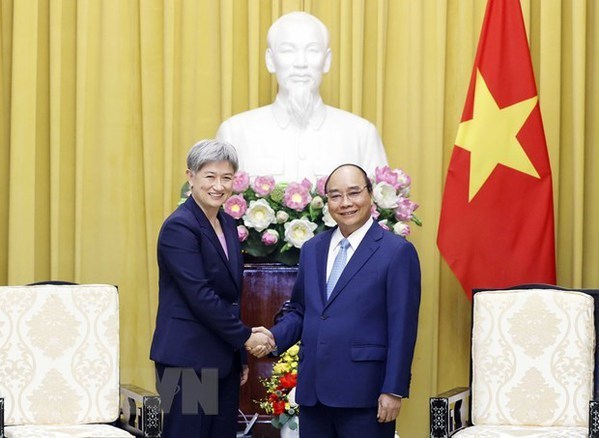
President Nguyen Xuan Phuc (R) welcomes Australian Foreign Minister Penny Wong (Photo: VNA)
Website thediplomat.com has recently run an article highlighting that with Penny Wong’s maiden trip to Vietnam as the new Australian foreign minister, Hanoi stood out as one of Canberra’s leading priorities in Southeast Asia.
The article quoted Wong as saying that “The partnership between Australia and Vietnam is grounded in trust.” She also emphasized that while the ties between Hanoi and Canberra “run deep,” the two countries’ futures “are tied together.” To a certain extent, Wong’s message and Morrison’s commitment to buttressing Australia-Vietnam ties in 2019 are following the same lines.
There are currently immense opportunities to advance Australia-Vietnam relations, with trade and investment at the top of the list, it said.
Economic cooperation has played a vital role in pushing forward the bilateral relationship over the years. Vietnam is now Australia’s 12th largest trading partner, while Canberra ranks 10th among Hanoi’s top trading partners. Despite the COVID-19 pandemic, bilateral trade grew by nearly 50 percent in 2021 – the highest volume recorded to date.
In the first quarter of 2022, the two countries kept their upward economic growth on track, with trade increasing by a further 32.4 percent over the same period in 2021. As of the end of last year, Australian investors had 550 projects in Vietnam, with a net value of 2 billion USD, it noted.
Vietnam’s wide-ranging exports to Australia include electrical equipment, footwear, machinery, furniture, mineral fuels, and edible fruits. Hanoi’s major purchases from Canberra are mostly commodity goods such as coal, iron ore, live cattle, and wheat. Given the rapid growth of Vietnam’s economy, Hanoi has become an ideal site for Australian exporters, with high demands for energy, consumer goods, machinery, and professional services. With enhanced trade and investment, Hanoi and Canberra have sought to gradually reduce their mutual economic dependence on their largest trading partner, China, and strengthen their economic resilience in the face of global crises, such as COVID-19 and the Russia-Ukraine war, according to the article.
Both Australia and Vietnam have made pragmatic moves to enhance ties. In March, the two countries signed a Memorandum of Understanding (MOU) to support Vietnamese labourers taking part in the Australian Agriculture Visa Programme. The MOU has paved the way for around 1,000 Vietnamese employees to work in the agricultural sector in Australia each year. Last month, Canberra and Hanoi launched a new Vietnam-Australia Centre in Hanoi to “bolster Vietnam’s leadership training and research skills” by drawing on Australian expertise in several different fields, the article underscored.
By embracing multilateralism in its economic practice, Vietnam has sought to reinvigorate the pursuit of two ambitious national goals - shifting to a market-based economy and increasing workforce quality. Australia, for its part, has described itself as “a strong supporter” of Vietnam’s participation in regional multilateral institutions.
Multilateralism continues to serve as the nucleus that drives the Australia-Vietnam relationship, it said.
According to the article, Vietnam can be a good fit for Australia’s strategy of cementing its regional standing and enhancing its ties with Southeast Asia. Hence, Australia’s future in Southeast Asia hinges on an elevation of Australia-Vietnam ties, it added.
While the journey of the Albanese administration has only just begun, it has displayed a sense of eagerness and promise about Australia’s engagement with Southeast Asia. Given the flourishing trajectory of the relationship, particularly in terms of economic ties, the creation of a comprehensive strategic partnership will be a substantial step toward taking the Australia-Vietnam relationship to the next level, the article underlined./.


